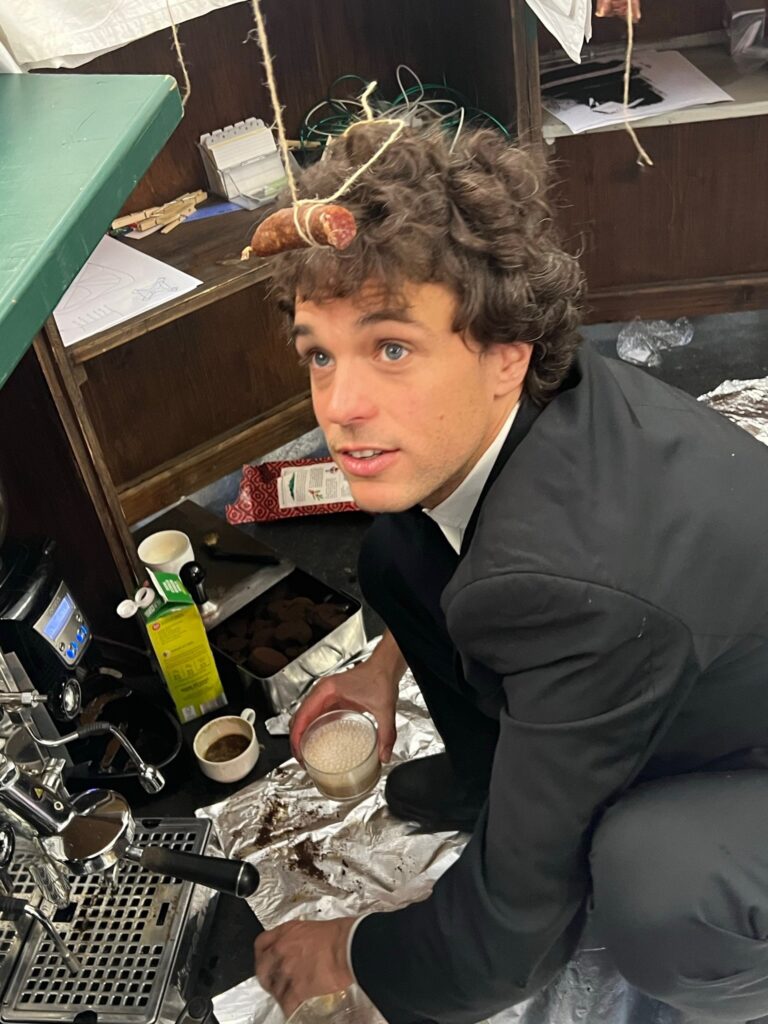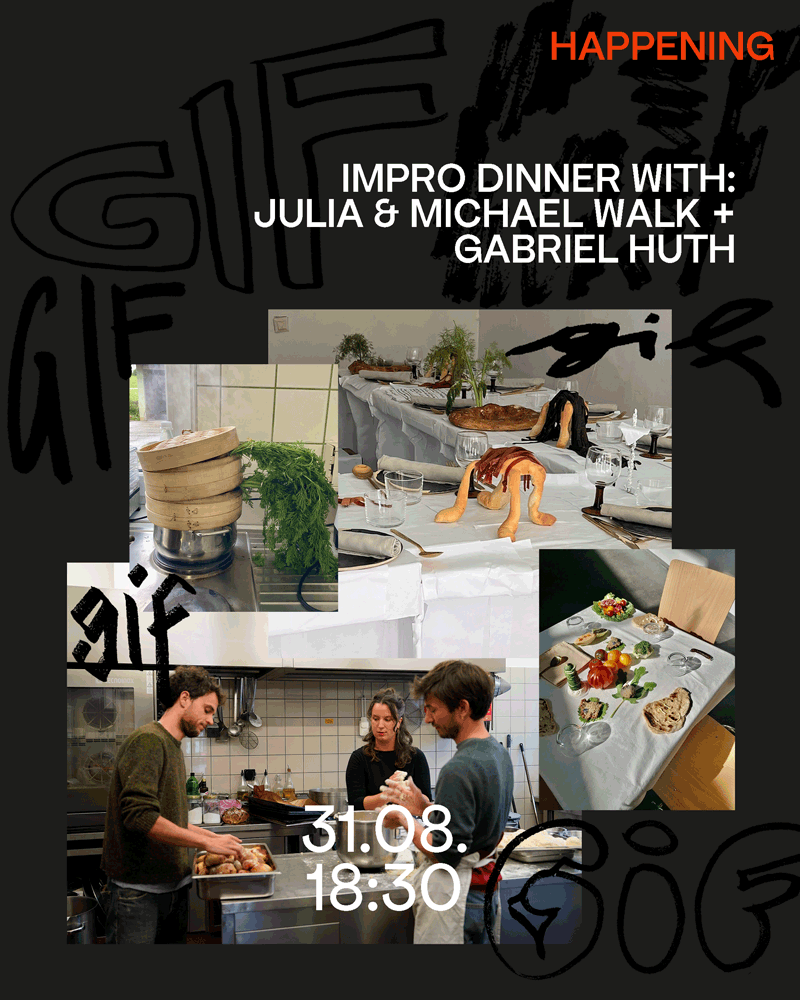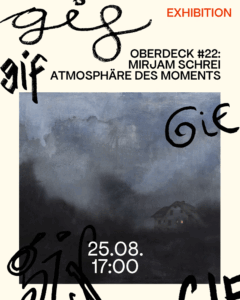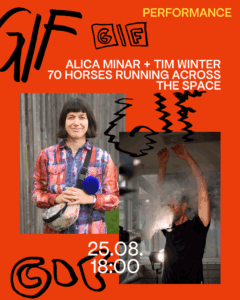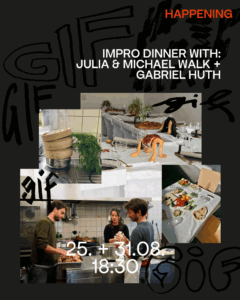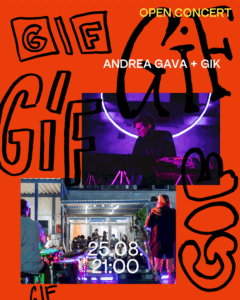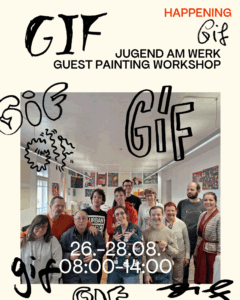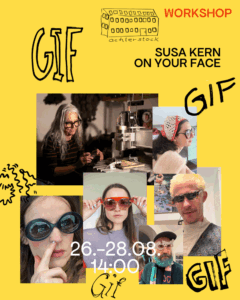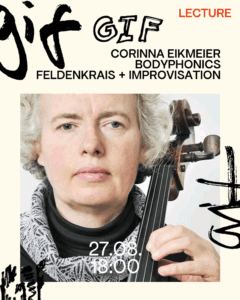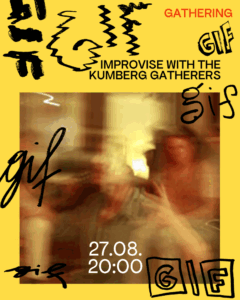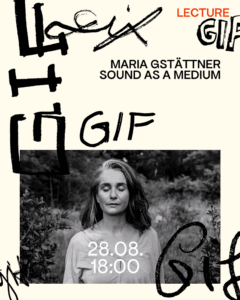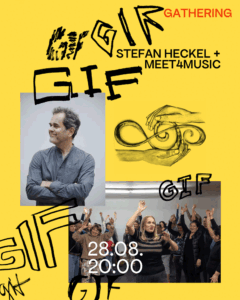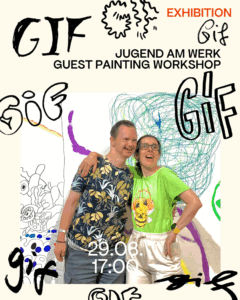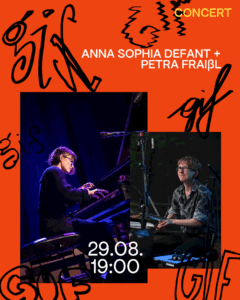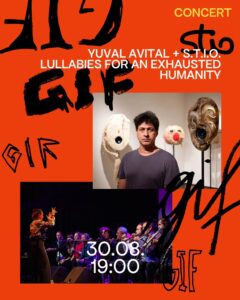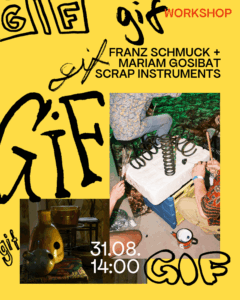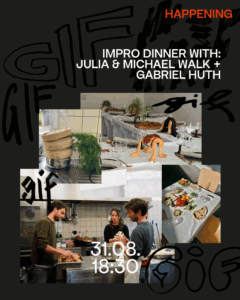Improvisation is a central element in cooking, especially when ingredients are recognized in their agency and new forms of taste and expression are to be created. Cooking becomes an artistic practice when it follows intuition and not just fixed rule structures. Nevertheless, rules are an important part of the improvisation process:
Cooks must master taste, consistency and techniques in order to improvise. Contrary to the idea of complete freedom, creativity follows dynamic rules that change depending on the context. The result of a creative act is often unpredictable, but positive and surprising, even if rules are observed. Creative processes can even change existing rules. Artists move in the field of tension between following rules and circumventing them, whereby the material itself provides impulses for creative changes. Improvisation is a process that unfolds during its creation and cannot be repeated. In the cooking process, external factors such as temperature, season and space affect ingredients, which vary in taste, consistency or color as a result. These influences require flexibility and creativity, which makes improvisation necessary.
The results of this improvisation often lead to new aesthetic or tasteful forms, which in turn establish new rules.
Duration about 2.5 hours, limited spots, send us an Email:
schaumbad@mur.at
Participation fee:
65 € per person
(solidarity price on request & the day ticket for €7 does not need to be paid for separately)
